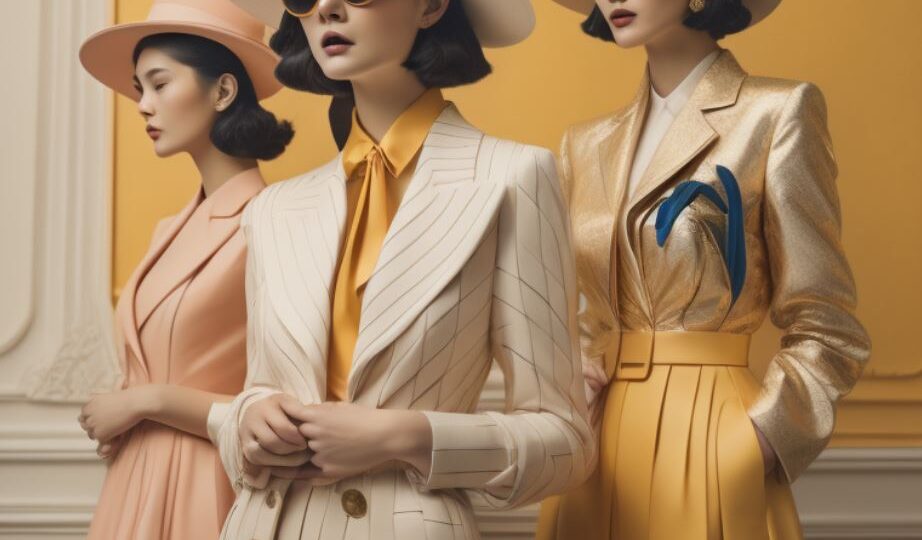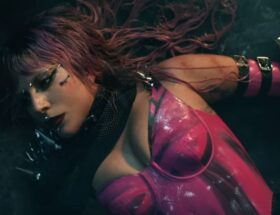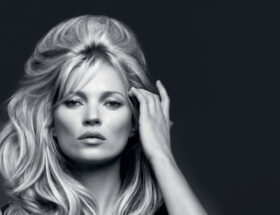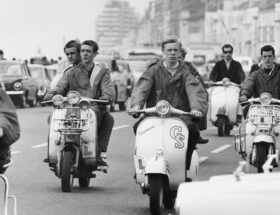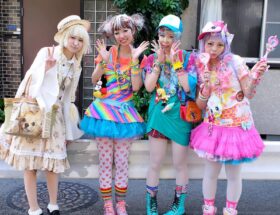In today’s digital age, fashion has transcended the boundaries of traditional magazines and runways. Instead, it thrives in the vibrant world of social media, where fashion influencers have become the architects of style trends and the go-to sources for fashion inspiration. With their unique aesthetics, personal branding, and sizable followings, fashion influencers have reshaped the industry, redefining how we perceive and interact with fashion. In this article, we delve deep into the phenomenon of fashion influencers, exploring their rise, impact, and the evolving dynamics of the fashion landscape.
The Emergence of Fashion Influencers
The birth of fashion influencers can be traced back to the mid-2000s, with the rise of personal style blogs. These early influencers shared their daily outfits, shopping finds, and styling tips, offering a more relatable and accessible approach to fashion. As platforms like Instagram, YouTube, and TikTok gained prominence, these influencers seamlessly transitioned into visual storytelling.
One of the pioneers of fashion blogging was Susanna Lau, known as “Susie Bubble.” Her eclectic and avant-garde style gained her a dedicated following and set the stage for many to follow in her footsteps. The democratization of fashion through social media allowed individuals from diverse backgrounds to curate and share their unique style perspectives.
The Power of Authenticity
What distinguishes fashion influencers from traditional models or celebrities is their authenticity and relatability. Followers often view them as friends rather than distant idols. This closeness is cultivated through personal anecdotes, behind-the-scenes glimpses, and candid sharing of their lives, making their audience feel like part of an exclusive club.
Authenticity is the currency of the influencer world. Followers are drawn to influencers who remain true to themselves, even as they partner with brands and promote products. The most successful fashion influencers seamlessly blend sponsored content with their personal style, maintaining credibility in the eyes of their followers.
Aesthetic Branding
Aesthetic consistency is a hallmark of successful fashion influencers. Each influencer crafts a unique visual identity that sets them apart in the crowded digital landscape. This identity encompasses everything from color schemes and photography styles to the types of clothing they showcase.
Take Chiara Ferragni, the Italian fashion influencer and founder of The Blonde Salad. Her effortlessly chic style, often featuring luxury brands, is characterized by a bright, airy aesthetic. This consistency helps followers instantly recognize her content, fostering a strong brand association.
Collaboration and Influence
Fashion influencers are not solitary figures. They often collaborate with brands, designers, and fellow influencers, creating symbiotic relationships that benefit all parties involved. Brands leverage influencers’ authenticity and reach, while influencers gain exposure and financial compensation.
One notable example of collaboration is the fashion industry’s partnership with influencers during major fashion weeks. Influencers are invited to sit front row at runway shows, offering immediate access to their vast online audiences. This exposure extends the reach of fashion brands, reaching demographics that may not have been accessible through traditional means.
The Power of Reviews
One of the most significant impacts of fashion influencers is their role in shaping consumer opinions. With the rise of e-commerce, consumers increasingly rely on influencer reviews and recommendations when making purchasing decisions. This influence extends to everything from clothing brands to skincare products.
Influencers often share honest reviews, testing and endorsing products they genuinely believe in. This transparency builds trust with their followers, who value their opinions. The influencer’s stamp of approval can elevate a brand’s reputation and drive sales.
Diversity and Representation
Fashion influencers have played a pivotal role in promoting diversity and inclusivity in an industry that has historically been criticized for its lack of representation. Influencers from various racial and ethnic backgrounds, body sizes, and gender identities have emerged as voices of change, challenging traditional beauty standards and pushing for greater inclusivity in fashion.
The body positivity movement, for instance, gained momentum thanks to influencers like Ashley Graham, who proudly championed a more diverse and accepting definition of beauty. Similarly, influencers such as NikkieTutorials have used their platforms to advocate for transgender rights and acceptance within the beauty and fashion realms.
The Evolution of the Micro-Influencer
While mega-influencers with millions of followers still wield significant influence, the rise of micro-influencers has reshaped the influencer landscape. Micro-influencers typically have smaller but highly engaged followings, often in niche or specialized areas.
Micro-influencers are prized for their authenticity, as their audiences tend to trust them more than larger influencers. They can also offer a cost-effective way for brands to reach specific demographics. For instance, a sustainable fashion brand might collaborate with a micro-influencer who specializes in eco-friendly fashion, ensuring their message reaches a receptive audience.
Challenges and Ethical Considerations
As the influencer industry has grown, it has faced its fair share of challenges and ethical dilemmas. One significant issue is the authenticity of influencer content. Some influencers have faced backlash for promoting products they do not genuinely use or believe in, raising questions about transparency and honesty.
Additionally, the Federal Trade Commission (FTC) in the United States and similar regulatory bodies worldwide have introduced guidelines requiring influencers to disclose paid partnerships and sponsorships. Compliance with these regulations is crucial to maintain transparency and trust with their followers.
The Future of Fashion Influencers
The influence of fashion influencers shows no sign of waning. As technology continues to evolve, so too will the influencer landscape. Virtual influencers, created entirely through computer-generated imagery (CGI), are gaining traction. These digital personas offer brands complete control over their image and messaging.
Furthermore, as consumers become more socially and environmentally conscious, ethical and sustainable influencers will likely play an increasingly prominent role in shaping the fashion industry. Brands that align with these values will find success by partnering with influencers who share their commitment to responsible fashion practices.
In conclusion, fashion influencers have emerged as powerful forces within the fashion industry, transforming the way we discover, consume, and interact with fashion. With their authenticity, personal branding, and diverse perspectives, they have redefined the standards of beauty, representation, and style. As the influencer landscape continues to evolve, its impact on the fashion world will undoubtedly remain profound, shaping the industry for years to come.
